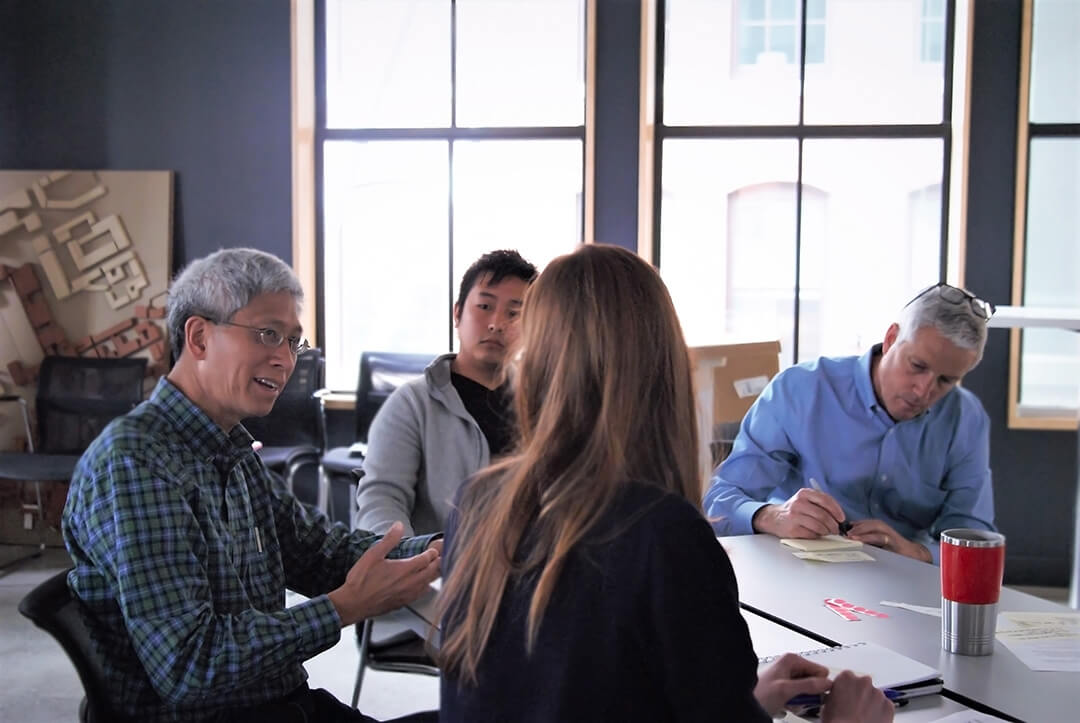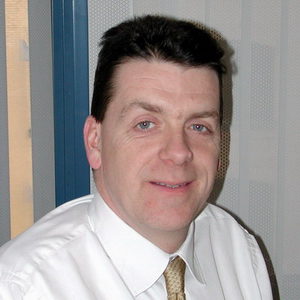Attending ArchitectureBoston Expo (ABX) 2018? This year we are very excited to lead sessions on several different topics including sustainability and architectural tools. Below are more details on our sessions.

Post-Maria Puerto Rico: Defining Resilient Recovery
Co-sponsored by the BSA’s Global Practice Network and the Committee on Resilient Environments (CORE), this panel presentation and discussion will examine the state of recovery in Puerto Rico. Hurricanes Irma and Maria highlighted the long-term challenges of this Caribbean country at the front lines of a changing climate. The initial disaster response exposed systems and processes that – while often not ideal – must be recognized and examined for their potential to influence long-term recovery. Pedro Sifre, who has documented conditions on the ground in 2018, will present historical context and the current state of recovery. Ramón Bueno, who has studied the links between climate change impacts and societal and economic conditions, will explore resilience as an equitable balance of social, environmental, and economic concerns, informed by the best climate science available. Dave Hampton, who has assisted in the recovery efforts in Haiti and elsewhere will frame a discussion around the central questions: what is resilient recovery? From what? For whom? And who decides? This interactive session is intended to spark further discussion on how design professionals can better impact recovery at home and abroad.
Details:
Thursday, November 29 | 8:30 AM – 10:00 AM
Speakers:
Mark Careaga, Associate Principal, PAYETTE
Dave Hampton, Principal, re:ground llc
Pedro Sifre, Senior Principal, Simpson Gumpertz & Heger
Ramon Bueno, Climate Change & Development Specialist
New Paradigm: Architect/engineer Collaborative Energy Models
While traditional building and HVAC designs have permitted architecture and engineering teams to work relatively independently of one another, implementing newer low-energy systems often demands that both teams blend their skillsets and actively collaborate. With this paradigm shift towards collaboration, the use of energy models is changing from a singular model built by one person with one piece of software to an interconnected network of studies where the outputs of one study inform the inputs of another.
Here, we present a project where such blending of skillsets and interconnected energy modeling was required to realize the full energy-saving potential of a recent museum project. Specifically, the project utilizes a low-energy radiant slab system that involved a full-building energy model from the engineering team that was coordinated with detailed THERM heat flow simulations and solar radiation studies from the architectural team.
Both the project’s architects and engineers teams will examine the technical challenges of this workflow, including the scripting/automation methods that enabled coordination between the engineer’s supply-side iterations and the architect’s exploration of the slab/envelope detailing. Presenters will discuss newfound benefits of combining skill sets, including better modeling practices, more accurate depictions of designs, and new graphic representations of results.
Details:
Thursday, November 29 | 3:30 PM – 5:00 PM
Speakers:
Andrea Love, Principal, Director of Building Science, PAYETTE
John Swift, Principal, Buro Happold Engineering
Leon Auvil, Senior Associate, PAYETTE
Julie Janiski, Associate Principal, Buro Happold Engineering
Conference Details:
ArchitectureBoston Expo (ABX)
Boston Convention an Exhibition Center
Register for the conference here.



